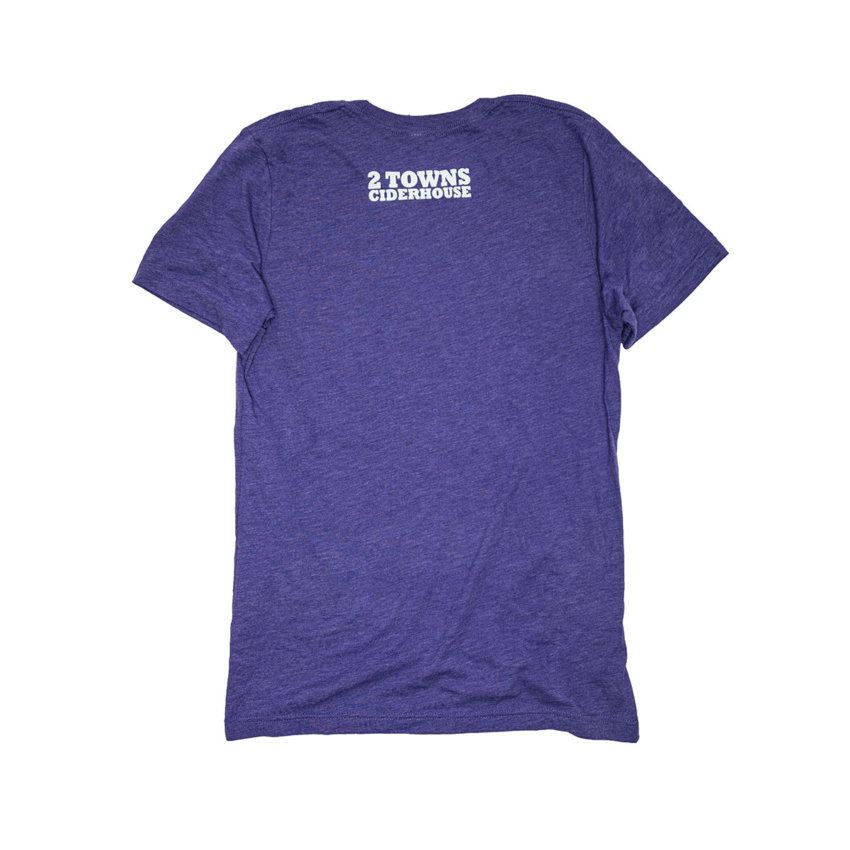

The town's success attracted other African Americans, including Edwin P. By 1886 Nicodemus had three churches and a new schoolhouse. Two white residents established the town's newspapers, the Nicodemus Western Cyclone in 1886 and the Nicodemus Enterprise one year later. Both the townspeople and the farmers, who grew corn and wheat, helped Nicodemus emerge as a small, briefly thriving community. By 1880, 258 blacks and 58 whites resided in the town and surrounding township. Other newcomers arrived later in the year from Tennessee, Missouri, and Mississippi. The first thirty colonists arrived from Kentucky in July 1877, followed by 150 from the same state in March 1878. After naming Nicodemus after a legendary African slave prince who purchased his freedom, they soon recruited settlers from the South. Fletcher -in planning an agricultural community in sparsely populated western Kansas. Hill, a white minister and land speculator, who during the mid-1870s joined three black Kansas residents -W. Nicodemus, Kansas, was the first predominantly black community that gained national attention.

Six representative communities -Nicodemus, Kansas Langston City, Oklahoma Boley, Indian Territory Mound Bayou, Mississippi Dearfield, Colorado and Allensworth, California -all shared these characteristics and will be discussed in depth. Moreover for the African Americans who had briefly held political power in the Reconstruction-era South before being overwhelmed by conservative white regimes, the possibility of distinct black political autonomy was particularly attractive. African Americans, largely unable to secure land and economic opportunity in the ex-Confederate states, looked to the West, with its reserves of inexpensive land that could be accessed through the Homestead Act. Like whites, blacks were lured by the promise of the West. The vast majority of black towns emerged in the West, however, following the end of Reconstruction. These communities, populated by exslaves from the surrounding countryside, arose from the desire of freedpeople to own land without interference. Texas led the way in the late 1860s, with the founding of Shankleville in 1867 and Kendleton in 1870. More black towns emerged in the first years after the Civil War. The first black town in the United States was created in 1835, when "Free Frank" McWhorter, an ex-Kentucky slave, founded the short-lived community of New Philadelphia, Illinois. However, most of these efforts were poorly funded and managed, and none survived very long. Wilberforce, as well as most of the later Canadian settlements, such as Dawn and Elgin, were operated largely by white charities and were designed to give African Americans land and teach them usable skills. In 1829 the settlement of Wilberforce was created to resettle black refugees expelled from Cincinnati. The first all-black communities began in Upper Canada (Ontario) as an offshoot of the abolitionist movement. However, they added special enticements for African Americans: the ability to escape racial oppression, control their economic destinies, and prove black capacity for self-government. The founders of towns such as Nicodemus, Kansas Boley, Oklahoma and Mound Bayou, Mississippi, like the entrepreneurs who created Chicago, Denver, and thousands of other municipalities across the nation, hoped their enterprises would be profitable and appealed to early settlers with the promise of rising real estate values. Black towns, either mostly or completely African-American incorporated communities with autonomous black city governments and commercially oriented economies often serving a hinterland of black farmers, were created with clearly defined economic and political motives. African-American town promoters established at least eighty-eight, and perhaps as many as two hundred, black towns throughout the United States during the late nineteenth and early twentieth centuries.


 0 kommentar(er)
0 kommentar(er)
